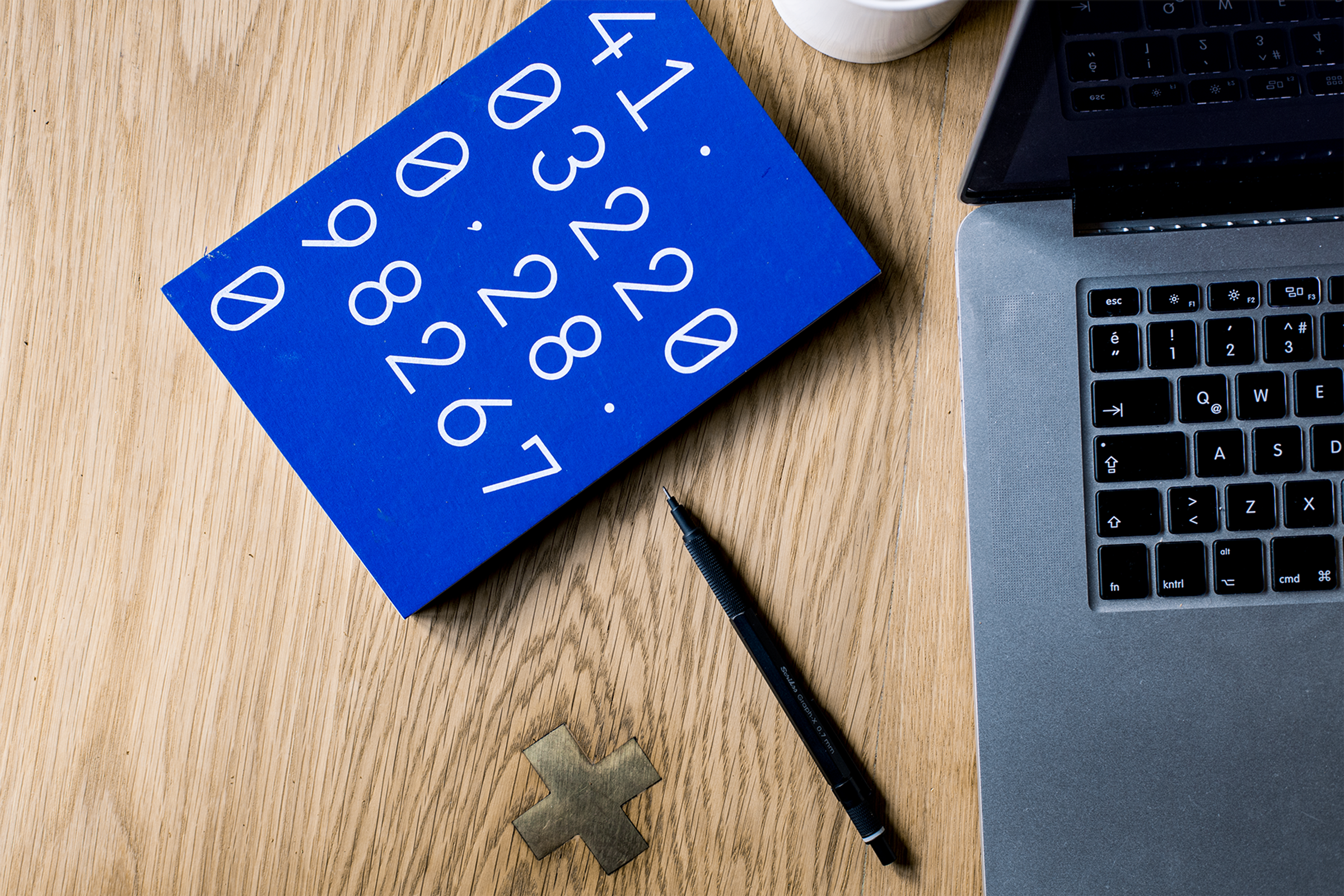Numeracy

Fractions
Fractions are a focus of learning for our students in grade one to six during the second half of this term.
Young students need extensive practise breaking wholes and groups of objects into equal sized parts.
Students need to be able to:
- Identify the whole.
- Make sure that the parts are equal.
- Use a fraction name that is related to the number of equal parts (e.g. quarters - 4 equal parts).
As their understanding develops, students should:
- Count in fractional amounts, e.g. one half, one, one and one half, two, two and one half, three...
- Relate mixed numbers to actual quantities, e.g. 3 halves is the same as 1 1/2.
- Understand that three quarters is 3 x 1/4 and also 1/4+1/4+1/4.
- Develop an understanding of equivalent fractions, e.g. two quarters is the same as one half.
Some fun activities to give your children practice with fractions:
- Provide them with objects that they can partition into halves, quarters and thirds. This may include: a lump of dough or clay, a piece of string or streamer, a circle of paper, a square or rectangle. Ask the students to cut each of these items into halves or quarters.
- Pouring activities where children half fill containers, cups etc.
- Measuring items using string or streamers and then folding to find out how long half or a quarter would be.
- Matching puzzles where students have to place two halves together to find out what the whole looks like.
- Students can make a quarter puzzle using magazine pictures that they have cut into quarters.
Everyday tips for talking about Fractions at Home:
- Involve your child in cooking activities which require half/quarter of a cup of an ingredient. He/she could half fill the cup measure for you.
- When making sandwiches or cutting other foods, talk about how you cut them into halves or quarters. Use words such as half, quarter, even, equal, parts.
- Involve your child in sharing multiple items with others ensuring that each person has a fair share (e.g. sharing 12 lollies). All portions need to be equal.
Remember that real life experiences of Mathematics make a huge difference to student understanding.
